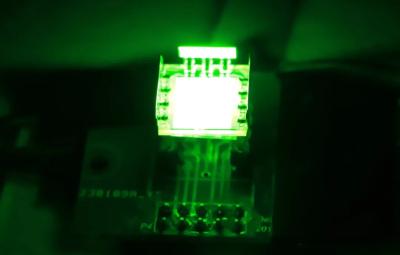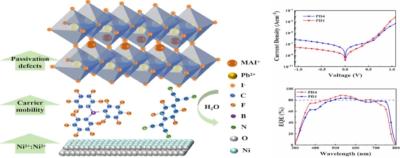Researchers examine halide perovskites in their molten and glassy states
Researchers from Duke University, University of Colorado - Boulder, Israel's Weizmann Institute of Science, Polish Academy of Sciences and University of Lille CNRS have examined the local structure of halide perovskites in their molten and glassy states, revealing the critical connection between these structures and the contrasting properties observed in their crystalline vs glassy states.
The findings of this work enhance scientists' understanding of the diverse structural motifs in perovskites and how structural changes in perovskite glass impact their properties, paving the way for advancements in next-generation phase change materials and devices.








